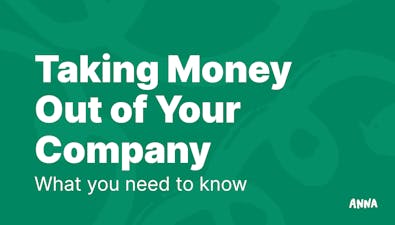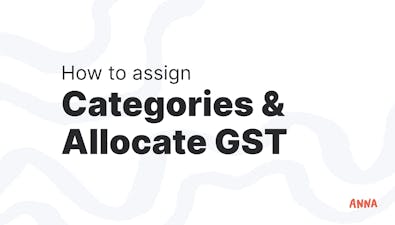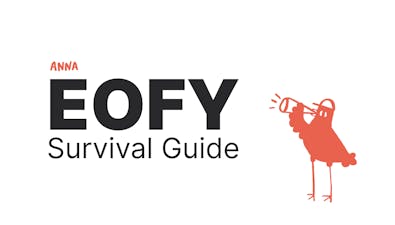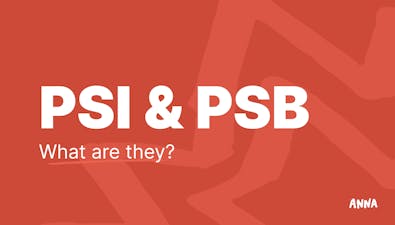
5 Proven Tips to Start an E-Commerce Business in Australia [Guide]


Discover tips to start an eCommerce business in Australia with this guide, covering essential steps, legal requirements, and strategies for success.
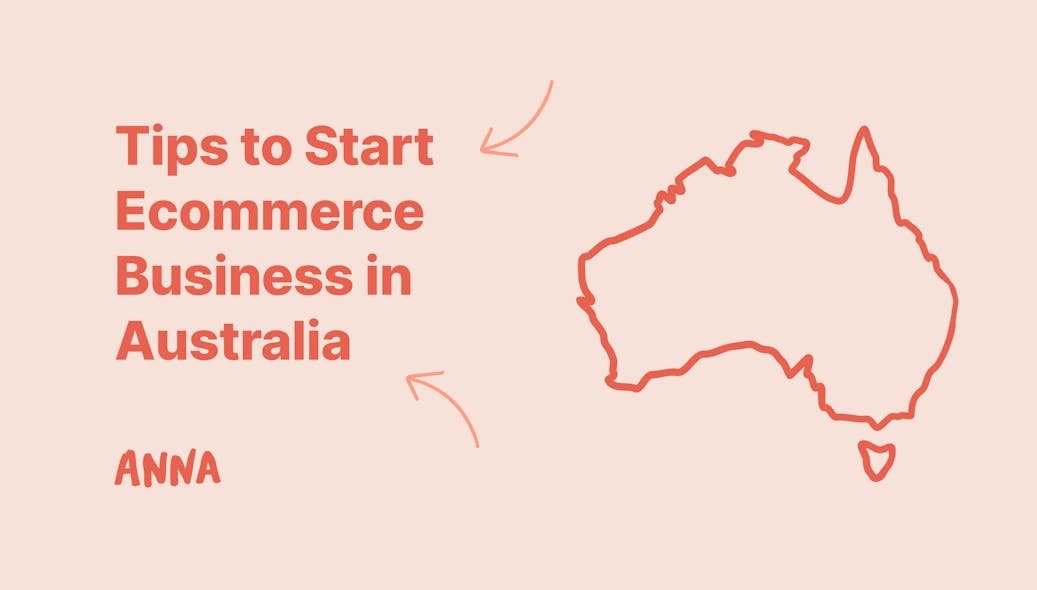
Do you want to ditch the 9-5 grind and take control of your career?
Starting an e-commerce business might just be the perfect opportunity to escape the routine, work on your terms, and build something truly rewarding.
With Australia’s e-commerce industry projected to grow from A$73.72 billion in 2022 to an estimated A$91.5 billion by 2025, there has never been a better time to jump into the online business world.
How to Build a Thriving E-Commerce Business in Australia
If you want to create a side hustle that supplements your income or dream of a full-scale business that provides financial freedom, this guide will take you through every step of the process.
Tip 1: Lay the Foundation Through Research
Launching a successful e-commerce business begins with in-depth research.
Skipping this phase can lead to costly mistakes later. When you understand your market, define your niche, and analyse competitors, you establish a solid foundation for your venture.
1. Choose the Right Niche
Your niche determines what you sell and who your target customers are. To narrow down your options, consider:
- Your Interests and Passions: Selling products you genuinely care about can keep you motivated. For example, consider selling workout gear or supplements if you love fitness.
- Your Expertise: Leveraging your knowledge can position you as an authority in your niche. If you have experience in skincare, launching a natural beauty brand could be a viable option.
- Market Demand: Research trending categories in Australia. Popular niches include housewares, eco-friendly products, and health supplements. Tools like Google Trends, eBay’s trending section, or Etsy’s most-sold categories can provide valuable insights.
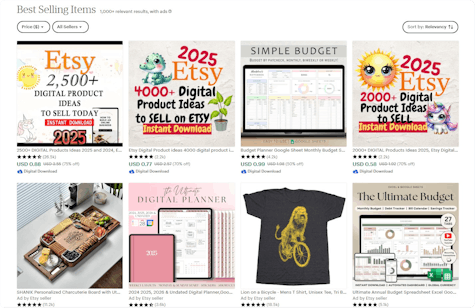
💡 Tip: Start small within a niche and expand as you gain traction. For instance, if you start with eco-friendly cleaning products, consider adding sustainable storage solutions later.
2. Understand Your Target Audience
To attract the right customers, you need to know them inside out. Build customer personas by answering the following questions:
- Demographics: What is their age, gender, and location?
- Psychographics: What are their interests, values, and purchasing behaviours?
- Online Habits: Where do they spend their time online? Instagram? Facebook? Forums?
For example, if you’re targeting young, eco-conscious Australians, they might frequent Instagram or TikTok, and they likely value sustainability and ethical practices.
💡 Tip: Use free tools like Google Analytics or Facebook Audience Insights to gather data about your potential audience.
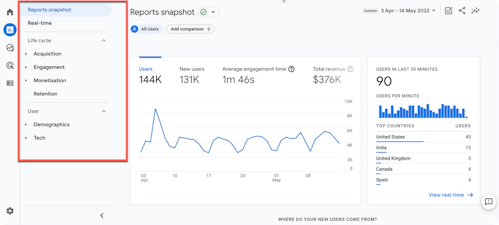
3. Researching Competitors
Next, identify your competitors. Look at businesses offering similar products and analyse their:
1. Strengths: Do they have excellent branding or fast shipping?
2. Weaknesses: Are their prices high? Are there gaps in their product offerings?
3. Customer Reviews: What do customers praise or complain about? Use this feedback to improve your product or service.
Tip 2: Set Up Your E-Commerce Business
With your research complete, the next step is turning your idea into a legal and operational business. This involves registering your company, creating your brand identity, and sourcing products.
1. Register Your Business
In Australia, you’ll need an Australian Business Number (ABN) and a registered business name. Without an ABN, the government can withhold 47% of your income, a costly mistake you don’t want to make.
2 ways to register your business:
1. Register with ASIC:
- Visit register.business.gov.au.
- Apply for an ABN (free of charge).
- Register your business name with ASIC (A$44 for one year or A$102 for three years).
2. Register with ANNA:
With free company registration, ANNA eliminates the usual $576 fee, saving you money right from the start.
Our simple 4-step process includes:
- Choosing a company name,
- Selecting the ANNA One subscription,
- Providing some basic business details, and
- Letting ANNA handle the rest.
Once ASIC approves your application, you'll receive an instant business account, essential for LTD companies, and a virtual address to protect your privacy.
Plus, ANNA integrates seamlessly with platforms like Shopify, WooCommerce, Etsy, eBay, and Amazon, automating your sales data imports and tax calculations with the ATO.
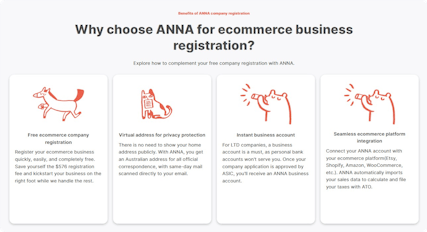
2. Craft a Strong Brand Identity
Your brand identity includes your business name, logo, and overall design. A memorable brand helps you stand out in a crowded market.
- Naming Your Business: Use tools like Namecheap or Business Name Generator to brainstorm ideas. Make sure the name aligns with your niche and is easy to remember.
Then, you can use our name checker feature to make sure it’s available!

- Designing a Logo: Platforms like Canva are great for DIY logo creation. Alternatively, you can hire a designer on Fiverr for a professional look.
💡 Tip: Test your logo and business name with friends or potential customers to gather feedback before finalising.
3. Source Products
Decide how to acquire the products you’ll sell. There are three primary options:
- Wholesale: Purchase bulk products from suppliers like Alibaba, Globalsources, Made-in-China, HKTDC, etc.
- Private Labelling: Partner with manufacturers to create branded products.
- Handmade: If you’re creative, produce items yourself, such as candles, crafts, or baked goods.
💡 Tip: Start with small orders or order samples to test product quality before committing to bulk purchases.
Tip 3: Build Your Online Store
Your website is the heart of your e-commerce business. It needs to be attractive, functional, and user-friendly to convert visitors into customers.
1. Select an E-Commerce Platform
Choose a platform that suits your technical skills and budget. Popular options include:
- Shopify: Known for its ease of use and integrations, it has 117,848 live Shopify stores in Australia.
- WooCommerce: Ideal for WordPress users.
- Wix: Great for small-scale stores with limited products.
💡 Tip: Look for platforms that offer free trials to test their features before committing.
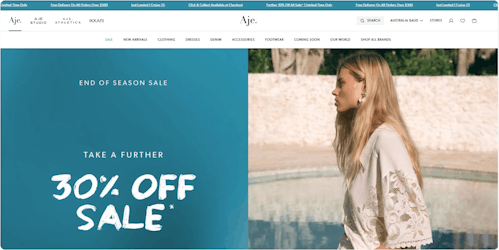
2. Design an Engaging Website
Your website should make a great first impression. Focus on:
- A Clean Layout: Use clear navigation menus and a minimalistic design.
- Product Pages: Include high-quality images, detailed descriptions, and customer reviews.
- Mobile Optimisation: Ensure your site functions seamlessly on smartphones. You can also add a live chat feature to assist potential customers in real-time.
3. Test Your Website
Before launching, test your website thoroughly. Check for:
- Site Speed: Pages should load within three seconds.
- Functionality: Test all links, forms, and payment options.
- Checkout Process: Place a test order to ensure the process is smooth.
💡 Tip: Use tools like Google PageSpeed Insights to measure your site’s performance.
Tip 4: Market Your E-Commerce Business
No matter how amazing your products are, they won’t sell themselves. Marketing bridges the gap between your store and your customers.
1. Organic Marketing Strategies
Organic marketing focuses on building a lasting online presence. While it takes time, it’s cost-effective.
- Search Engine Optimisation (SEO): Optimise your site for relevant keywords. For example, if you sell eco-friendly products, target terms like “sustainable home goods Australia.”
- Social Media Marketing: Post engaging content regularly on platforms like Instagram and Facebook.
- Content Marketing: Start a blog to share tips, guides, or news related to your niche.
2. Paid Advertising
Paid ads can drive immediate traffic to your site:
- Google Ads: Use Google Shopping ads to showcase your products.
- Social Media Ads: Target specific demographics on platforms like Instagram.
- Influencer Marketing: Collaborate with influencers to promote your products to their followers.
💡 Tip: Test multiple ad formats and track performance using analytics tools.
3. Repurposing Content
Save time and reach more people by repurposing content. For example, turn a blog post into an Instagram carousel, use AI video tools to transform product descriptions into short clips, or convert a YouTube video into a TikTok snippet.
Don’t forget to tweak content to the platform’s audience and style for better engagement.
Tip 5: Scale Your Business
Once your store gains traction, focus on growth strategies to scale sustainably.
1. Expand Product Lines
Introduce complementary products to increase customer spending. For example, consider adding accessories like face rollers or makeup bags if you sell skincare.
Use customer feedback to identify new product opportunities, like quizzes or polls.
2. Enter New Markets
After establishing your brand locally, expand into international markets. With Australia’s proximity to Asia, exporting products to countries like Singapore or Japan could be lucrative.
3. Enhancing Customer Loyalty
Loyal customers are more cost-effective than acquiring new ones. Build loyalty through:
- Email Campaigns: Offer discounts and exclusive deals.
- Loyalty Programs: Reward repeat customers with points or perks.
- Personalised Recommendations: Use AI tools to suggest products based on browsing history.
💡 Tip: Send personalised thank-you notes with orders to create a memorable customer experience.
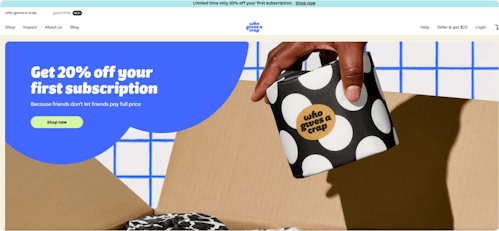
E-Commerce Business Ideas with High Potential in Australia
If you’re still unsure about your niche, here are some trending ideas to inspire you:
- Eco-Friendly Products: With more Australians prioritising sustainability, eco-friendly items are gaining traction.
- Health and Wellness: Products like supplements, fitness gear, and mental wellness tools are in high demand as people focus on healthier lifestyles.
- Personalised Gifts: Customised items for special occasions continue to be a favourite among shoppers looking for something unique.
- Pet Products: Australians love their pets, making this a steady and reliable market for everything from food to accessories.
- Outdoor Gear: Tap into Australia’s adventurous spirit by offering high-quality camping, hiking, and outdoor power equipment.
What Can ANNA Do For You?
Think of ANNA not just as a service but as your ultimate business launch partner. It’s not just about ticking off legal requirements but empowering you to hit the ground running with confidence, clarity, and creativity.
⚡ Your Business, Without Barriers
Why pay hefty fees to get started? With ANNA, registering your e-commerce company is completely free. That’s $597 back in your pocket to invest where it really matters – stocking your virtual shelves or launching your first ad campaign.
⚡ Privacy, Perfected
Your home address isn’t your storefront, so why should it be public? ANNA gives you a professional virtual business address, ensuring your privacy while keeping things official.
And we don’t stop there. Your mail gets scanned and sent to you the same day. Now, that’s next-level convenience.
⚡ A Bank Account That Gets E-Commerce
Unlike traditional bank accounts that are just... well, accounts, ANNA’s instant business account is built with entrepreneurs in mind.
Need seamless integration with Shopify, Etsy, WooCommerce, or Amazon? Done. ANNA isn’t just holding your money, it’s helping you grow it.
⚡ Taxes That Handle Themselves
Hate the tax-time scramble? ANNA’s integrations don’t just track your sales – we sync your data and help you handle tax calculations and filings with the ATO. It’s like having a virtual accountant who never sleeps.
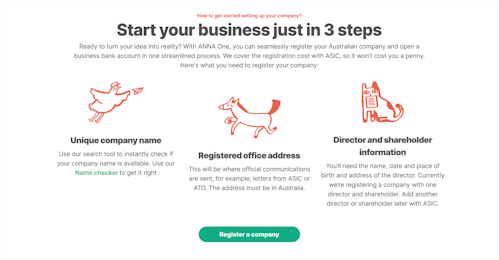
ANNA doesn’t just help you register your business, it helps you imagine its potential.
It’s a service that grows with you, adapts to your needs, and ensures you’re always one step ahead.
Sign up with ANNA and start building a legacy today!
FAQ
1. How Much Money Do I Need To Start An E-Commerce Business?
You can start with as little as A$100–A$500, depending on your product sourcing method and platform.
2. Is E-Commerce Profitable?
Yes, with the right strategy. Focus on market demand, effective marketing, and excellent customer service.
3. How Long Does It Take To Succeed In E-Commerce?
Most businesses take 6–12 months to become profitable. Patience and persistence are key.

